Description
CCNP Security SISE Training
CCNP Security SISE Training provides in-depth preparation for mastering Cisco Identity Services Engine (ISE) technologies, helping you pass the SISE 300-715 exam with confidence. Whether you’re aiming for certification or seeking to advance your network security skills, this course covers it all.
Course Description
This comprehensive training is tailored for IT professionals who want to specialize in Cisco Identity Services Engine as part of the CCNP Security certification track. The course emphasizes hands-on labs, real-world use cases, and detailed configurations for identity-based networking and access control.
Throughout the course, you’ll gain practical experience with policy enforcement, authentication protocols, profiling, guest access, and endpoint compliance—ensuring you’re ready to tackle both exam scenarios and real-world deployments.
With clearly structured modules and step-by-step tutorials, you’ll build a solid foundation in identity and access management using Cisco technologies. Additionally, the course offers practice questions and exam strategies to increase your chances of passing on your first attempt.
What You’ll Learn
- ISE architecture, deployment models, and licensing
- Policy configuration, enforcement, and monitoring
- RADIUS, TACACS+, and EAP authentication methods
- 802.1X, MAB, and WebAuth deployments
- Guest access, BYOD, and profiling strategies
- Troubleshooting ISE policies and logs
Requirements
- Basic understanding of networking and security concepts
- Familiarity with Cisco IOS and command-line interfaces
- Completion of CCNA or equivalent knowledge is recommended
About the Publication
This course has been created by seasoned network security experts with years of experience in deploying and managing Cisco ISE in enterprise environments. Our goal is to equip learners with both theoretical knowledge and hands-on expertise to succeed in their careers.
Explore Related Courses
- CCNP Security Course Collection
- ENCOR 350-401 Training
- SCOR 350-701 Security Core
- Cisco ISE Training
- Network Security Courses
Explore These Valuable Resources
Discover more from Expert Training
Subscribe to get the latest posts sent to your email.




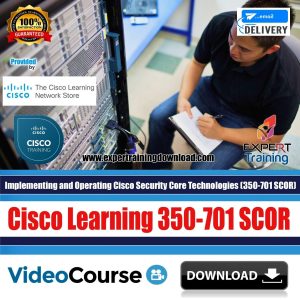

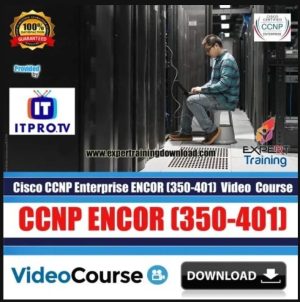


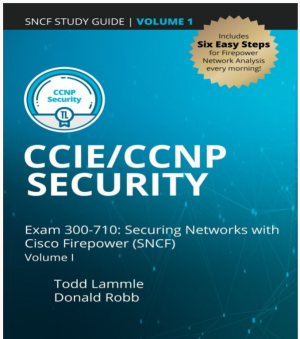






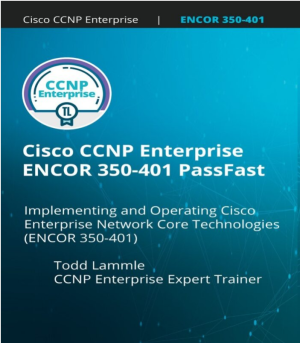
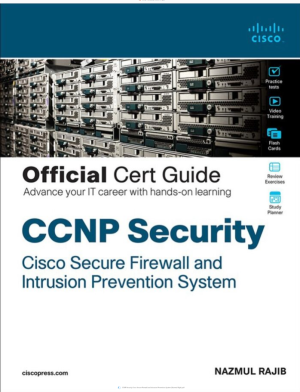
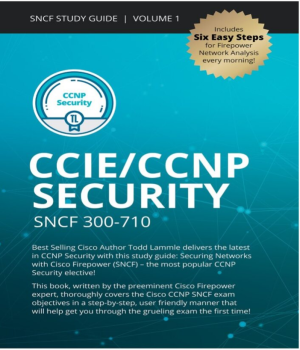



Reviews
There are no reviews yet.